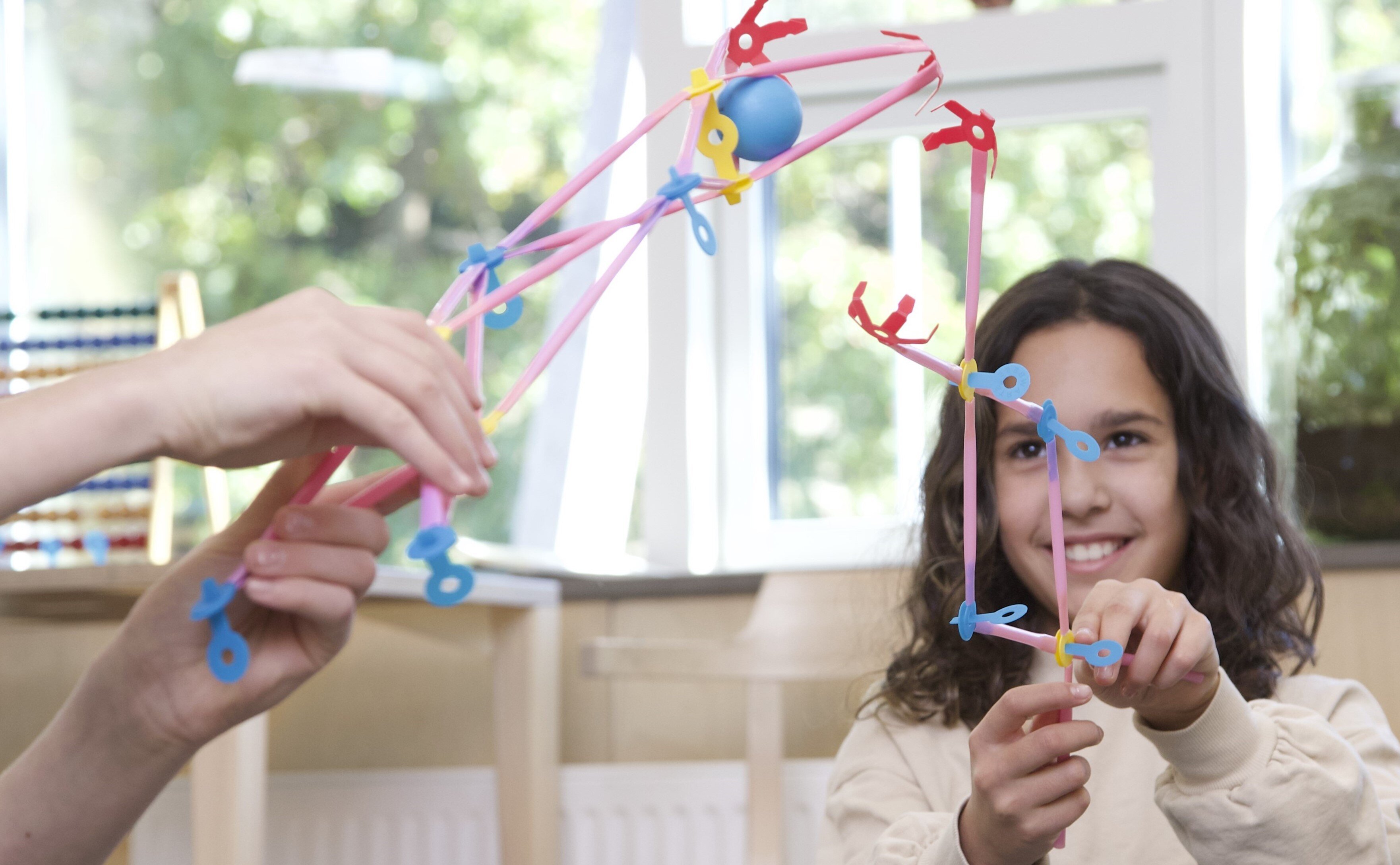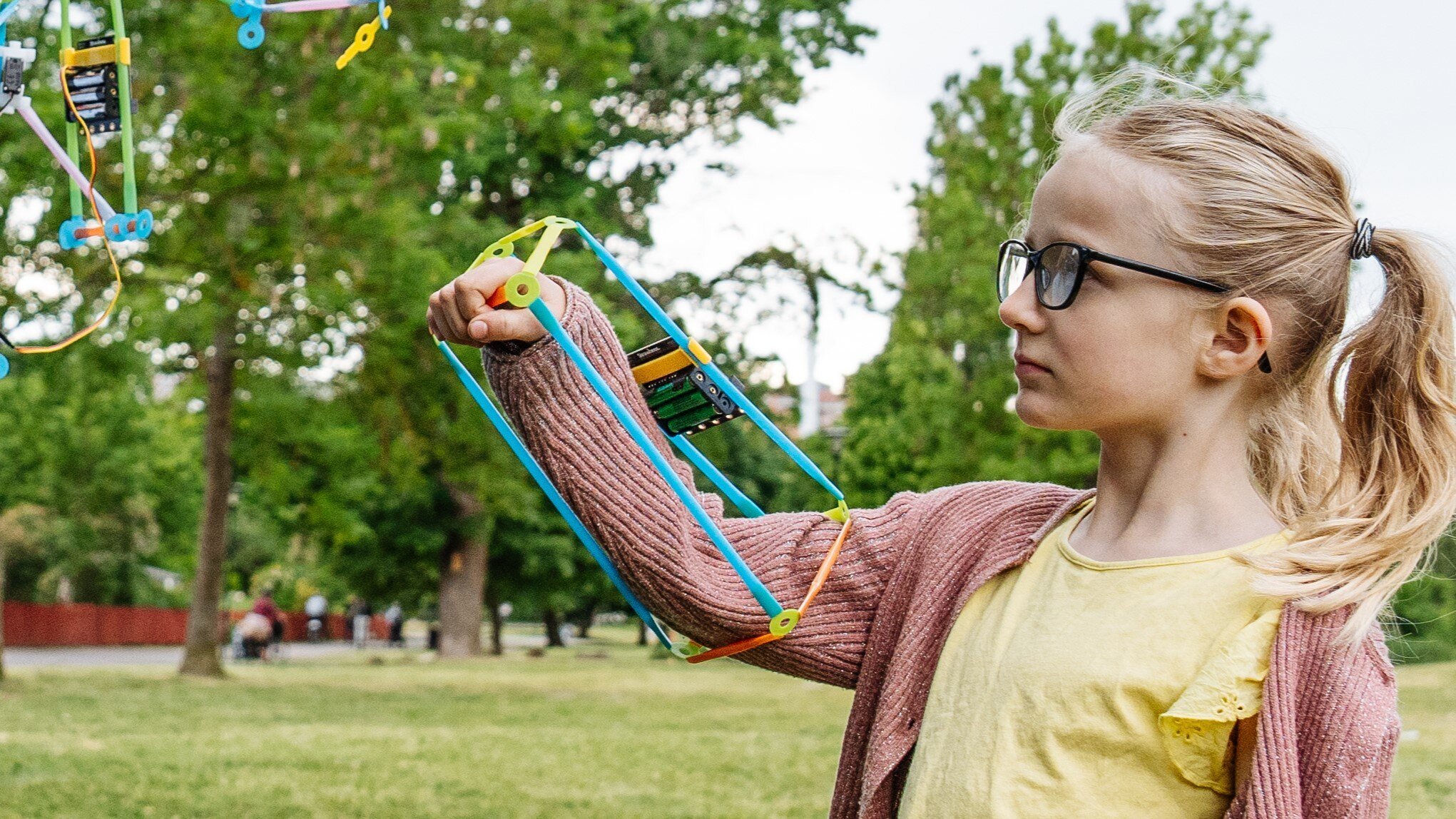21st Century Skills: Collaboration
Collaboration is more than just working together - it is the cornerstone of 21st-century skills, shaping how we learn, communicate, and innovate in today’s STEAM-focused world.
As modern learners and educators navigate an increasingly interconnected global landscape, the ability to collaborate effectively has become a key to success. Collaboration plays a vital role in learning, innovation, and social development.
What is Collaboration?
Collaboration is the act of working with others to achieve a common goal. It’s the engine behind many of the greatest achievements in history, from scientific breakthroughs to global social movements. In the context of 21st-century education, collaboration is a skill that transcends traditional subject boundaries, allowing learners to engage in complex problem-solving, creative thinking, and the development of interpersonal skills.
Whether in a STEAM classroom or in professional settings, collaboration is essential. Learners need to understand not only how to contribute their own ideas but also how to listen, adapt, and build upon the ideas of others. In today's world, where learning often happens in teams or through peer-to-peer interactions, collaboration is no longer optional; it is a necessity.
The Evolution of Collaboration in Learning
Historically, learning was seen as a solitary endeavour, where individuals absorbed information in isolation. However, research has shown that we learn best when interacting with others. Socratic dialogues, Jewish chevruta study sessions, and modern project-based learning models all demonstrate the effectiveness of collaborative learning. These methods encourage discussion, debate, and shared problem-solving, fostering deeper understanding.
In a STEAM environment, collaboration takes on an even more dynamic role. Learners are not just passively receiving information but actively engaging in the learning process. They work together on hands-on projects, blending creativity with critical thinking to explore real-world challenges. The integration of arts into the traditional STEM fields encourages learners to think outside the box, combining technical knowledge with imaginative approaches.
Why Collaboration Matters in STEAM
One of the core benefits of collaboration is that it allows learners to pool their diverse skills and perspectives. No one can master every element of STEAM on their own. A group might consist of learners with strengths in engineering, others in design, and some in programming. Together, they create something far more innovative and effective than any individual could achieve alone.
In a collaborative STEAM setting, learners are encouraged to communicate their ideas clearly, offer constructive feedback, and adapt to new perspectives. This prepares them for real-world challenges, where teamwork is essential. Whether designing sustainable cities, developing new technologies, or solving environmental issues, collaborative efforts will drive the solutions of tomorrow.
Moreover, collaboration helps build the social and emotional skills that are crucial in today’s world. Empathy, patience, and mutual respect are cultivated as learners work together to reach a shared goal. These skills are not only valuable in academic and professional settings but also contribute to personal growth and strong interpersonal relationships.
The Science Behind Collaboration
The benefits of collaboration are rooted in both historical practices and modern neuroscience. Studies on child development show that collaboration is a natural part of human learning. From the moment children begin interacting with others, they start developing the social skills necessary for effective collaboration. As learners grow, they refine their ability to work with others, learning to balance their ideas with those of their peers.
Michael Tomasello’s research highlights how humans are unique in their ability to cooperate and collaborate. Unlike our closest relatives, such as chimpanzees, humans have evolved to work together toward common goals. This collaborative instinct has driven cultural and technological advancements for millennia, and it continues to be a defining feature of how we learn and innovate today.
In educational settings, collaboration helps learners develop a deeper understanding of concepts. By discussing ideas, debating viewpoints, and solving problems together, learners challenge their own thinking and expand their knowledge. This interactive approach to learning is far more effective than rote memorization or individual study, particularly in STEAM disciplines that require both creative and analytical thinking.
Building a Collaborative Learning Environment
Creating an environment that encourages collaboration is essential for developing future talent that has the ability to work within settings that demand high levels of collaborative working. In a STEAM-focused classroom, after-school club or summer camp this involves structuring activities that require teamwork, communication, and problem-solving. Educators can design projects that require learners to take on different roles, contributing their unique skills to achieve a common goal. Starwbees kits and additional resources not only complement this type of learning but encourage it. With seamless micro:bit connectivity Strawbees is developing tools to assist future skills in a big way.
Technology also plays a significant role in modern collaboration. Tools like online platforms and digital resources allow learners to collaborate across distances, working on projects with peers from different parts of the world. These digital tools enable real-time communication, idea sharing, and feedback, enhancing the collaborative process.
However, collaboration isn’t limited to group projects or classroom settings. It can be as simple as peer-to-peer discussions or collaborative brainstorming sessions. What matters most is that learners are given opportunities to interact, share ideas, and learn from one another in meaningful ways.
The Future of Collaboration
Collaboration is a foundational skill that will shape the future of learning and innovation in the 21st century. As the world becomes more interconnected, the ability to work effectively with others will become increasingly important. In STEAM education, collaboration not only enhances learning outcomes but also prepares learners to tackle the complex challenges of the future.
By cultivating collaboration, we equip learners with the tools they need to succeed in a rapidly changing world. Whether in the classroom, the workplace, or the community, collaboration will continue to be a driving force behind progress and innovation. In the words of Michael Tomasello, human success is rooted in our ability to cooperate, and it is through collaboration that we will continue to thrive.
Based off learnings from: Becoming Brilliant: What Science Tells Us About Raising Successful Children (Roberta Michnick Golinkoff and Kathy Hirsh-Pasek, 2016)
You May Also Like
These Related Stories

21st Century Skills in STEM Education and STEAM Education: Empowering Students to Innovate and Problem-Solve

21st Century Skills: Creative Innovation


